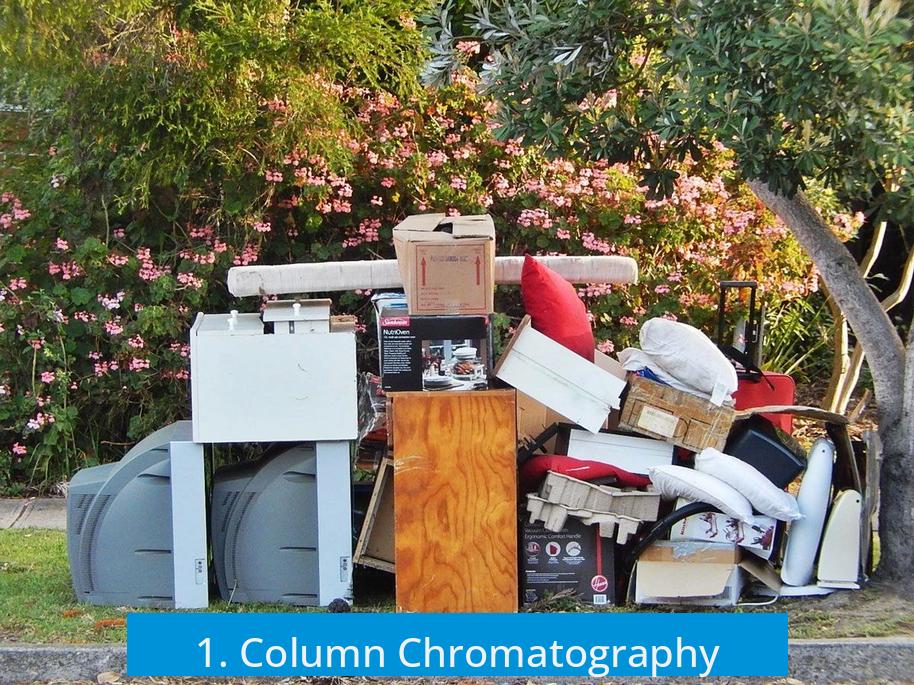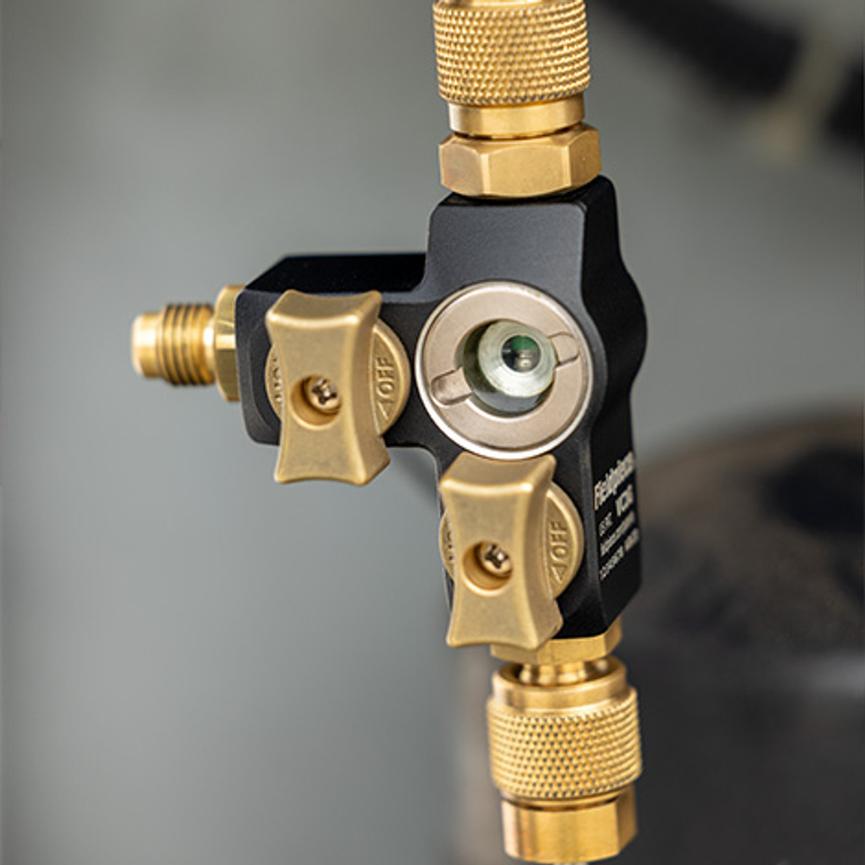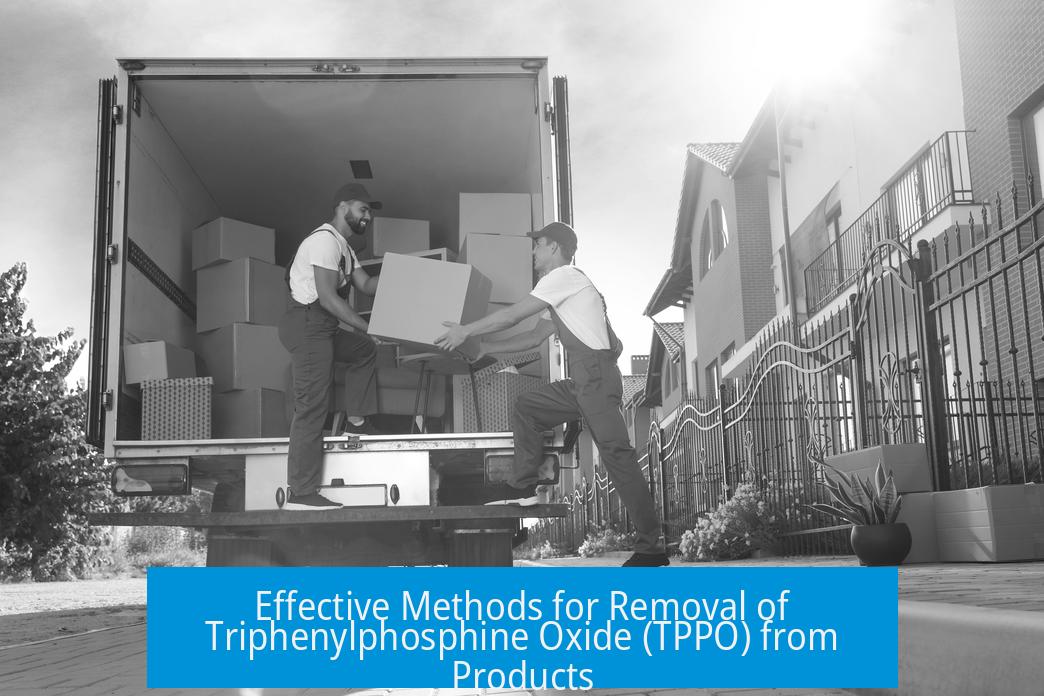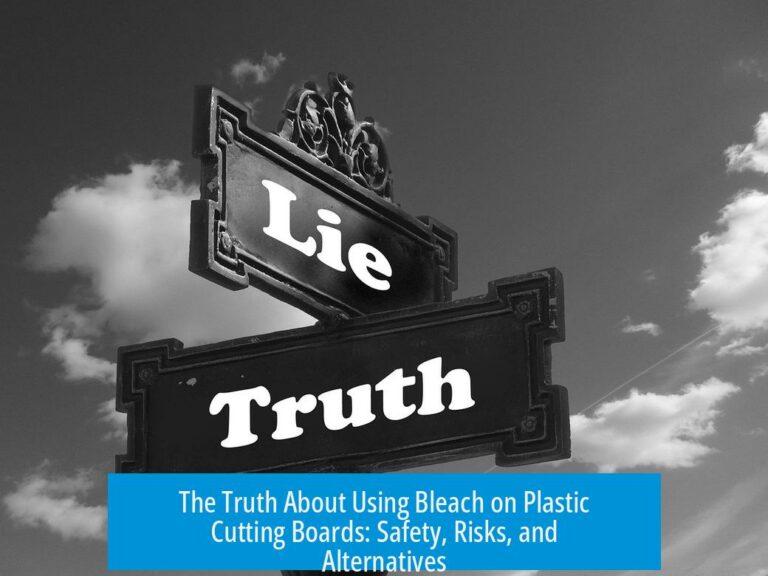Removal of Triphenylphosphine Oxide (TPPO) from Product

The most effective methods for removing triphenylphosphine oxide (TPPO) from a reaction product include column chromatography, recrystallization, precipitation techniques, and sometimes adopting alternative reagents or polymer-supported phosphines. Each method depends on the scale, purity required, and the chemical nature of the product and TPPO.
1. Column Chromatography

Column chromatography is a common choice for separating TPPO from organic products, especially for quantities around 10 grams. TPPO is a fairly polar compound and typically elutes near 100% ethyl acetate. It often moves quickly to the top of the plate in hexane:ethyl acetate (4:1) systems.
- If the product and TPPO spots are well separated on TLC, a silica plug or a short column can effectively wash off TPPO.
- Optimization of mobile phase is crucial. Multiple solvent mixtures should be tested to ensure product and TPPO do not co-elute.
- Column chromatography demands time and solvent but yields high-purity results.
2. Recrystallization Techniques

Recrystallization serves as a gentler alternative if chromatography is inconvenient. This method exploits differences in solubility between the product and TPPO.
- Hexane recrystallization can remove most TPPO if the product dissolves well in hot hexane.
- Solvent mixtures such as dissolving the product in dichloromethane followed by slow addition to heptane enhances selective crystallization.
- Recrystallization with less solvent can improve separation efficiency.
3. Precipitation and Crash-Out Methods

TPPO can sometimes be selectively precipitated using reagents or poor solvents.
- ZnCl2 has been reported to precipitate TPPO selectively, offering a route to remove it from solutions (source).
- Diethyl ether can be used to “crash out” TPPO, forcing its precipitation from reaction mixtures on both small and larger scales (up to 90 mmol).
4. Alternative and Practical Considerations

In demanding applications requiring no TPPO contamination, alternative strategies can be considered.
- Replacing triphenylphosphine with polymer-supported phosphines can simplify later removal of phosphine oxide, but may not be cost-effective above 10 grams.
- Switching to phosphonate reagents can avoid TPPO formation entirely.
- In routine practice, partial TPPO carryover is sometimes tolerated and removed in subsequent purification steps.
5. Analytical Considerations
TPPO can appear more problematic on TLC and NMR than it actually is due to its strong UV absorbance. Careful NMR analysis helps distinguish TPPO impurities from the product and assess purity accurately.
Key Takeaways
- Column chromatography is effective but requires solvent optimization and effort.
- Recrystallization exploits solubility differences and is less resource-intensive.
- Precipitation methods with reagents like ZnCl2 or ether offer practical TPPO removal.
- Polymer-supported phosphines and alternative reagents provide solutions for zero-TPPO requirements.
- Analytical techniques like NMR clarify the true extent of TPPO contamination.
Mastering the Removal of Triphenylphosphine Oxide (TPPO) from Your Product: A Practical Guide
Wondering how to get rid of the stubborn triphenylphosphine oxide (TPPO) lurking in your reaction mixture? The short answer: it’s possible with the right approach, but it takes some finesse. TPPO might be a common by-product in organic synthesis, especially when using triphenylphosphine, but its removal challenges chemists everywhere. Let’s break down the strategies, practical tips, and scientific insights to help you clear out that pesky TPPO and purify your product like a pro.
So, why is TPPO such a bother?
TPPO is a fairly polar compound that loves to stick around after your desired reaction, mucking up your product. It shows up strongly under UV on TLC, sometimes making it seem like you’re dealing with a worse impurity situation than you truly are. Therefore, recognizing TPPO’s chromatographic and physical traits is key to removing it efficiently rather than losing your mind trying.
1. The Classic Workhorse: Column Chromatography
Column chromatography remains the go-to method for separating TPPO from product—if you’re up for it. Working with something like 10 grams of crude material? Yes, column chromatography is doable, but it’s a big ask in time and solvent. So, consider whether that effort is worth it or if you want to pursue complementary techniques.
Chromatographic behavior is fascinating here: TPPO usually elutes around 100% ethyl acetate because it’s quite polar. On silica plates, it often shoots straight to the top with a mixture like 4:1 hexane to ethyl acetate. This pattern means if your product is well separated—showing distinct spots far from TPPO—you can get away with simpler methods.
Running a short silica plug can be a smart compromise. It’s like using a mini-column just to wash away the TPPO while keeping your product intact. If your target product and TPPO co-elute on a full column or share similar Rf values, switching mobile phases and trying multiple solvents can help tweak the separation. Maybe use a gradient from hexane to ethyl acetate or test different ratios.
2. Recrystallization: The Gentle Giant of Purification
Not a fan of chromatography because of scale or solvent use? Recrystallization offers a gentler way to expel TPPO. The method banks on differences in solubility, making it possible to “wash away” TPPO without painful chromatography.
Usually, hexane recrystallization knocks out nearly all TPPO. Sometimes one round isn’t enough. Going for a second crystallization—with less hexane, mind you—improves purity further. If your product fully dissolves in hot hexane or a suitable solvent blend, you’re in business.
Here’s a tip from experience: dissolve your product in dichloromethane (DCM) first, then add this solution dropwise into heptane. This technique promotes slow crystal formation, leaving behind TPPO more effectively. It’s a bit like coaxing your product to ‘choose’ nice, pure crystals, leaving TPPO behind to sulk in solution.
3. Precipitation and “Crash Out” Strategies: When Chemistry Meets Magic Tricks
Sometimes solvents just don’t cut it. Here’s where reagents and crash techniques come in. Zinc chloride (ZnCl2) can selectively precipitate TPPO, creating easy removal opportunities. Check out the Journal of Organic Chemistry publication for detailed insight on this approach.
If you want to keep it simpler, diethyl ether is your friend. It has been used multiple times to “crash out” TPPO effectively across scales, even as large as 90 mmol. Just adding diethyl ether causes TPPO to precipitate, letting you separate it via filtration—no high-tech chromatography needed.
4. Alternative Methods and Practical Realities
Some chemists swear by polymer-supported phosphines, which cleverly avoid TPPO formation altogether. This approach shines when zero tolerance for TPPO is mandatory, such as in pharmaceutical-grade products. However, polymer-supported phosphines can be pricey and may not be scalable or cost-effective for quantities around 10 grams.
Another thought: can you swap phosphines for phosphonates or other reagents that don’t create TPPO as a byproduct? Sometimes changing the chemistry shortcuts the problem entirely.
Pragmatically, many labs accept some TPPO carryover. It’s a pain, yes, but they just do their best, then purge the impurity in downstream purification steps after subsequent reactions. Sometimes chemistry is a relay race, and TPPO is passed along before it finally gets knocked out.
5. Analytical Tricks: Don’t Panic at the TLC
TPPO’s UV signals on TLC are strong, possibly making its contamination look like a mountain when it’s just a molehill. Before freaking out, run an NMR. TPPO’s impurity will reveal itself clearly, letting you decide if the level is tolerable or if you need to get back into the purification trenches.
In Closing: Your TPPO Removal Toolkit
Removing triphenylphosphine oxide is not a one-size-fits-all game. It calls for strategy considering scale, product polarity, costs, and your patience level. Start with chromatography if you can, but if not, recrystallization and crash methods are powerful friends. Keep analytical eyes sharp—NMR is a truth-teller. And remember, sometimes a bit of TPPO hanging around is a necessary evil in the grand chemistry experiment.
Got your own battle stories with TPPO? Share your tips or horror tales below. Because in this chemical grind, every trick helps!
Q1: How effective is column chromatography for removing TPPO from my product?
Column chromatography can separate TPPO if your product and TPPO have different elution times. TPPO usually elutes with 100% ethyl acetate. Testing various mobile phases helps find the best separation. A short silica plug may also remove TPPO if spots are far apart.
Q2: Can recrystallization eliminate TPPO contamination without chromatography?
Yes, recrystallization may remove most TPPO, especially using hexane or heptane mixtures. Dissolve your product in a solvent like DCM and add it to a non-solvent gradually to precipitate pure crystals, minimizing TPPO presence.
Q3: Are there chemical methods to precipitate TPPO selectively?
TPPO can be precipitated using reagents like ZnCl2 as reported in literature. Solvent-induced crashing, such as adding diethyl ether, also works well to crash out TPPO on different scales.
Q4: What practical options exist if complete TPPO removal is not critical?
Complete removal is tough and costly for larger scales. Some chemists accept partial TPPO carryover, removing more in subsequent steps. Polymer-supported phosphines help but may not be affordable at 10 grams scale.
Q5: How can analytical methods help assess TPPO contamination?
TPPO shows strong UV absorption and may appear prominent on TLC. NMR provides clearer identification. Using both methods gives a better estimate of TPPO levels in your sample.





Leave a Comment